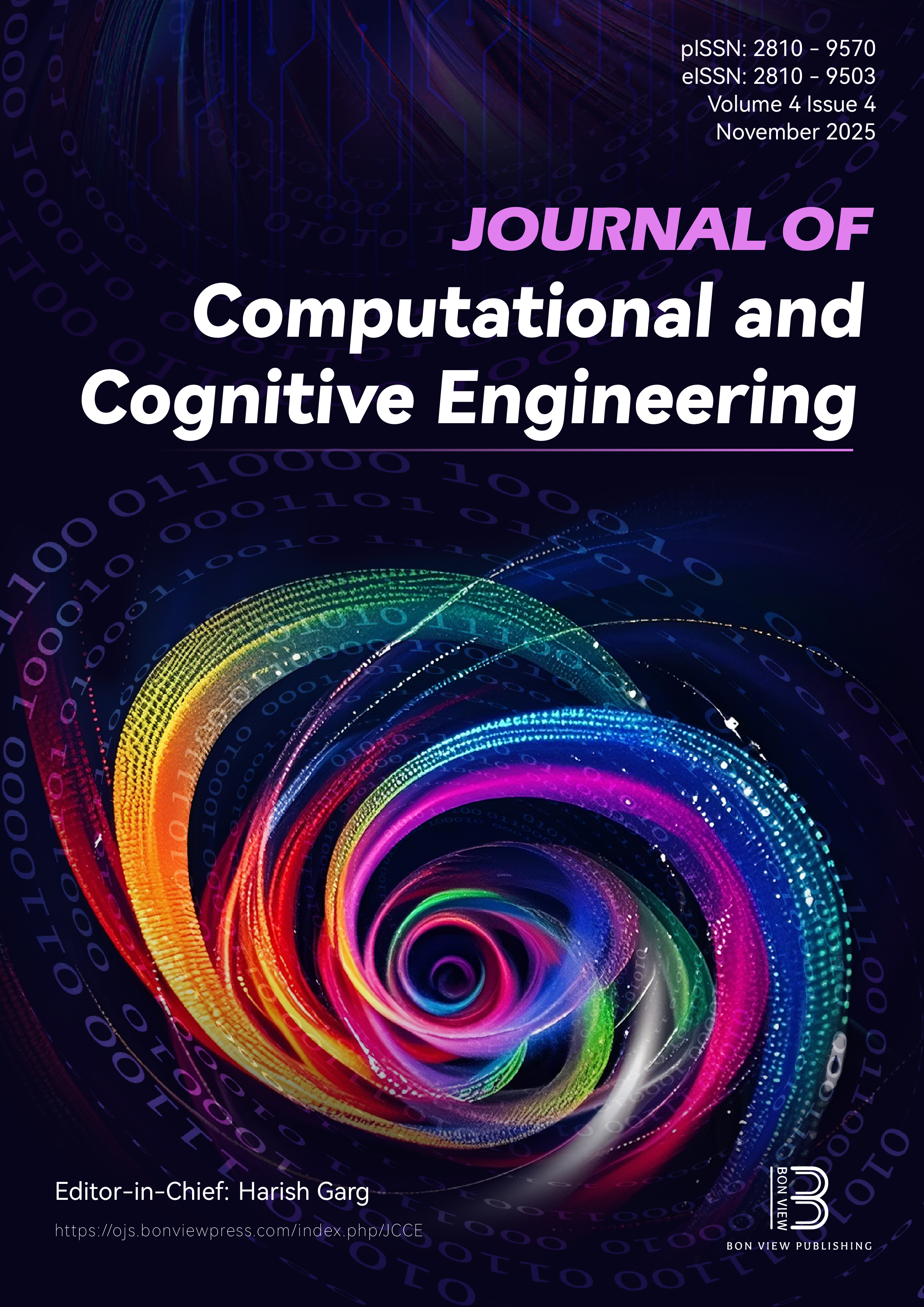Optimized XGBoost Model with Whale Optimization Algorithm for Detecting Anomalies in Manufacturing
DOI:
https://doi.org/10.47852/bonviewJCCE42023545Keywords:
XGBoost, Whale Optimization Algorithm (WOA), anomalies detection, manufacturing, Industry 4.0Abstract
Anomalies and defects in the manufacturing process hinder operating efficiency and product quality. The Whale Optimization Algorithm (WOA) optimizes the XGBoost model for better anomaly identification by iteratively refining hyperparameters. Experiments using real-world manufacturing datasets prove proposed model works. Comparing the proposed model to traditional anomaly detection methods shows its superior performance in industry patent concept. The optimized XGBoost model's interpretability and anomaly detection features are also discussed. In this paper, WOA is applied in this work to optimize hyperparameters of XGBoost, a robust gradient boosting technique for accurate anomaly detection in manufacturing systems. Optimized XGBoost gained 1.00 precision value, 0.9 recall value, and 0.96 f1-score for class 0.0 and gained a 0.95 precision value, 1.00 recall value, and a 0.97 f1-score for class 1.0. The proposed model gained 0.993 Train Score and 0.964 Test Score. Our findings suggest that integrating XGBoost with the WOA may uncover manufacturing process irregularities. Optimization improves detection accuracy and provides a flexible and interpretable framework, helping modern industrial processes maintain quality and efficiency. This research encourages machine learning optimization for industrial patent applications, advancing anomaly detection methods.
Received: 2 June 2024 | Revised: 29 August 2024 | Accepted: 27 September 2024
Conflicts of Interest
The authors declare that they have no conflicts of interest to this work.
Data Availability Statement
Data are available on request from the corresponding author upon reasonable request.
Author Contribution Statement
Surjeet Dalal: Conceptualization, Validation, Writing – original draft, Project administration. Uma Rani: Conceptualization, Formal analysis, Writing – review & editing. Umesh Kumar Lilhore: Methodology, Investigation, Resources, Writing – original draft. Neeraj Dahiya: Methodology, Data curation, Writing - review & editing. Reenu Batra: Software, Visualization, Supervision. Nasratullah Nuristani: Software, Formal analysis, Investigation, Visualization. Dac-Nhuong Le: Validation, Supervision, Project administration.
Metrics
Downloads
Published
Issue
Section
License
Copyright (c) 2024 Authors

This work is licensed under a Creative Commons Attribution 4.0 International License.






